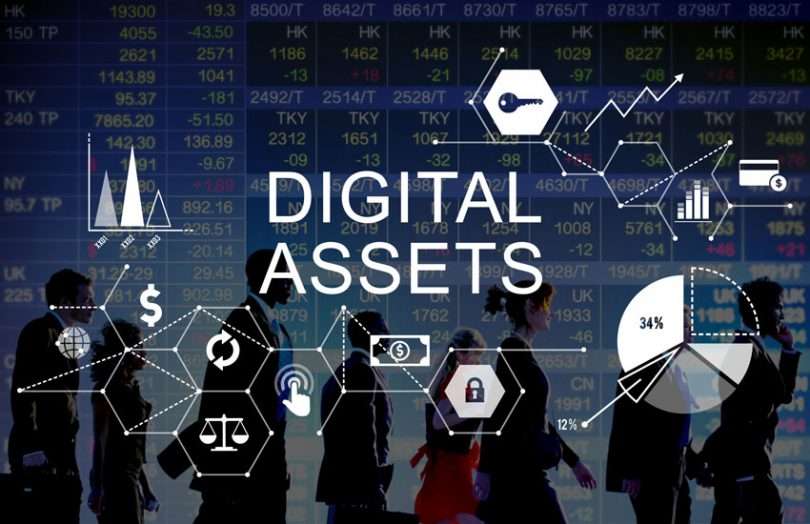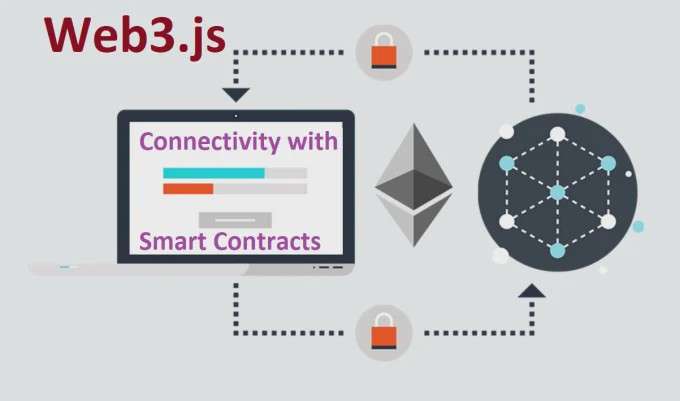Web3 Digital Asset Value Implications for Marketing Strategies
Web3 is not only a digital transformation of the infrastructure and deployment, but also it’s significant to realize Web3 basically is a financial strategy revolution. This revolution can directly transform a company’s intangible asset to be valued at an absolutely different view of point.
In this article, I would walk through what the Web3 digital asset is actually. And as a marketer how to leverage Web3 for bettering the financial performance result.
Web3 is not only a digital transformation of the infrastructure and deployment, but also it’s significant to realize Web3 basically is a financial strategy revolution. This revolution can directly transform a company’s intangible asset to be valued at an absolutely different view of point.
In this article, I would walk through what the Web3 digital asset is actually. And as a marketer how to leverage Web3 for bettering the financial performance result.
Table of Contents: Web3 Digital Asset Value Implication for Marketing Strategies
- Type and Class of Digital Asset
- Challenges of Leveraging Digital Assets
- Bright Future of Leveraging Web3 for Digital Asset Valuation
- Implications for Marketing Strategy Design
Type and Class of Digital Asset
A wide variety of digital assets in the market such as cryptocurrencies, asset or fiat-backed stablecoins, and non-fungible tokens (NFTs). In fact, basically, there are two main types of digital assets currently available out there.
Here are the information and difference between the two types as follows:
- Native digital asset – It exists solely as a digital asset and does not represent any legal or proprietary interest in other assets. For example, Bitcoin, and Ethereum is the classic representative of this category, which are operated in a public blockchain
- Asset-referencing digital assets – It refers to an underlying asset or right through a legal or operational mechanism. For example, the Chinese government issues Digital RMB as a type of asset-referencing digital asset, or we can call it a type of stablecoin. This type of asset has pegged the value to the fiat currency RMB and is backed up by the collateral. There are other stablecoins such as USDC, DAI, etc.

There are 3 classifications of asset-referencing digital assets
Except for stablecoins, there are additional two classes under the type of asset-referencing digital asset.
- Tokens – Basically it’s a type of asset-backed token. The backed-up collateral can be the physical property, commodities such as apartments, oil, etc, which are tradable. Or the token can be non-fungible (NFT), which represents a unique asset like paint, a logo, or a piece of music.
- Digital Securities – It’s a type of financial product certification token. For example, the stock equity token, security token, or other derivative product tokens.
Challenges of Leveraging Digital Asset Challenges of Leveraging Digital Asset
If referring to USGAAP or IFPS regulation guidance in the USA, the main challenges business leverage Web3, Cryptocurrency is the accumulated native digital assets which generally do not meet the definition of cash, inventory and it also lacks physical substances. So in terms of reflection on company financial statements, native digital asset value before selling to cash out can be only considered as an intangible asset.
Under that current model, if the fair value of the digital asset is less than the carrying amount, an impairment loss is recognized in an amount equal to the difference, as stated by ASC 350.
Sample
For example, if a company purchased Bitcoin on September 1, 20XX for $50,000 and the price drops to $43,000 on September 30, 20XX, the company needs to recognize a loss and impair the Bitcoin on the balance sheet by $7,000. On December 31, 20XX, the next balance sheet date, the price of Bitcoin increased to $47,000.

As companies can only recognize decreases in the value of digital assets resulting from an impairment, the company will not be able to recognize the $4,000 increase in this example until the assets are transferred to another party or cash out, because subsequent reversals of a previously recognized impairment are prohibited.
Also regarding the company valuation, imagine your organization as a public company for a $5 billion valuation. $3 billion might account for physical assets like production lines, equipment, inventory, etc. From an accounting perspective, the additional $2 billion of value may be considered an intangible asset, which will be included on the acquiring company’s balance sheet as an intangible asset.
The question is how often the digital asset can be valued. Intangible assets typically being tested at least annually, however, currently, digital asset valuation varies day by day. Obviously, if it decreases, you have to book a loss and write down the value of that digital asset. It would create a huge amount of impairment which is unfair to the company’s valuation.
Bright Future of Leveraging Web3 for Digital Asset Valuation
Short-term trade and cash-out Cryptocurrency
If a company receives Cryptocurrency from customers or buys Crypto to trade for earning profits in short term, any Cryptocurrency from Web3 can be considered as inventory for valuation. This approach can avoid unfair valuation due to intangible asset impairment. It motivates marketers to leverage Web3 to increase company profitability at the end.
Stablecoin, tokens are powerful weapons
The main reason why native digital assets can be not considered physical assets, as well as cash or cash equivalent in financial statements, is because it hasn’t any backed-up or collateral to interpret their value. Basically, the currency is not issued by a sovereign central government, which is not recognized as a legal and distributable currency in a nation.
Conversely, stablecoins and tokenized assets, either asset-backed tokens or NFTs can be valued and be reflected on the company’s balance sheet. They are not native digital assets as mentioned earlier. These are asset-referencing in fact.
Implications for Marketing Strategy Design
Regardless of web3’s powerful configuration, and interaction capability, Web3 has huge potential spaces to release intangible asset valuation than ever before. Moreover, the value is tradable and distributable. For marketers, Web3 is a must so the question is how to strategize marketing or design the marketing strategy by using Web3 and further polish the company’s financial performance.
Native Digital Asset Payment & Pricing Strategy
Impairment loss consideration or short-term trade for earnings is necessary for marketers to restrategise Web3 marketing plan compared to Web2.0 activities. For example, marketers need to consider what blockchain network should be adopted and how to strategize smart contract deployment. It’s for the purpose to make the transaction currency accumulation better and more potential for earning profits when cashing out.

Also, marketers also need to strategize product pricing no matter to avoid impairment loss or earn additional profits by selling out the digital asset in short-term
NFTs
To enhance the personalized experience, boost loyalty program performance, or sell Brand collectibles, NFTs are an indispensable weapon for marketers to leverage. Moreover, the NFTs exchange market is booming, so marketers can refer to wholesale deal concept to design NFT strategies for customers to have opportunities to earn profits by selling Brand NFTs in the open market
Stablecoins and Digital Security Token Reward
A brand can create and launch a stablecoin owned by the business. This brand stablecoin is backed up by fiat currency behind. As well as a cashback program or point-earning program, the Brand can reward customers with stablecoins or even security tokens to incentivize purchase returns.
I hope you enjoy reading Web3 Digital Asset Value Implications for Marketing Strategies. If you did, please support us by doing one of the things listed below, because it always helps out our channel.
- Support and donate to our channel through PayPal (paypal.me/Easy2digital)
- Subscribe to my channel and turn on the notification bell Easy2Digital Youtube channel.
- Follow and like my page Easy2Digital Facebook page
- Share the article on your social network with the hashtag #easy2digital
- You sign up for our weekly newsletter to receive Easy2Digital latest articles, videos
- Subscribe to our monthly membership through Patreon to enjoy exclusive benefits (www.patreon.com/louisludigital)


